Heartland Payment Systems Data Breach: Legal and Regulatory Analysis
VerifiedAdded on 2021/04/17
|5
|754
|36
Case Study
AI Summary
This case study examines the Heartland Payment Systems data breach, which occurred due to computer theft and exposed the data of approximately 130 million credit and debit cards. The breach notification letter, issued on May 8, 2015, is analyzed in the context of the Merchant Bill of Rights and the Sales Professional Bill of Rights, highlighting the legal and regulatory violations. The study explores the responses from law enforcement agencies and regulators, and Heartland's efforts to enhance security measures. Furthermore, the case study looks into the vagueness of the letter and its impact on affected parties, while also discussing the insurance and security steps Heartland has taken, such as encrypting most of their computers, to protect sensitive information and avoid confusion. This case offers valuable insights into data breach notification laws and their practical implications.
1 out of 5
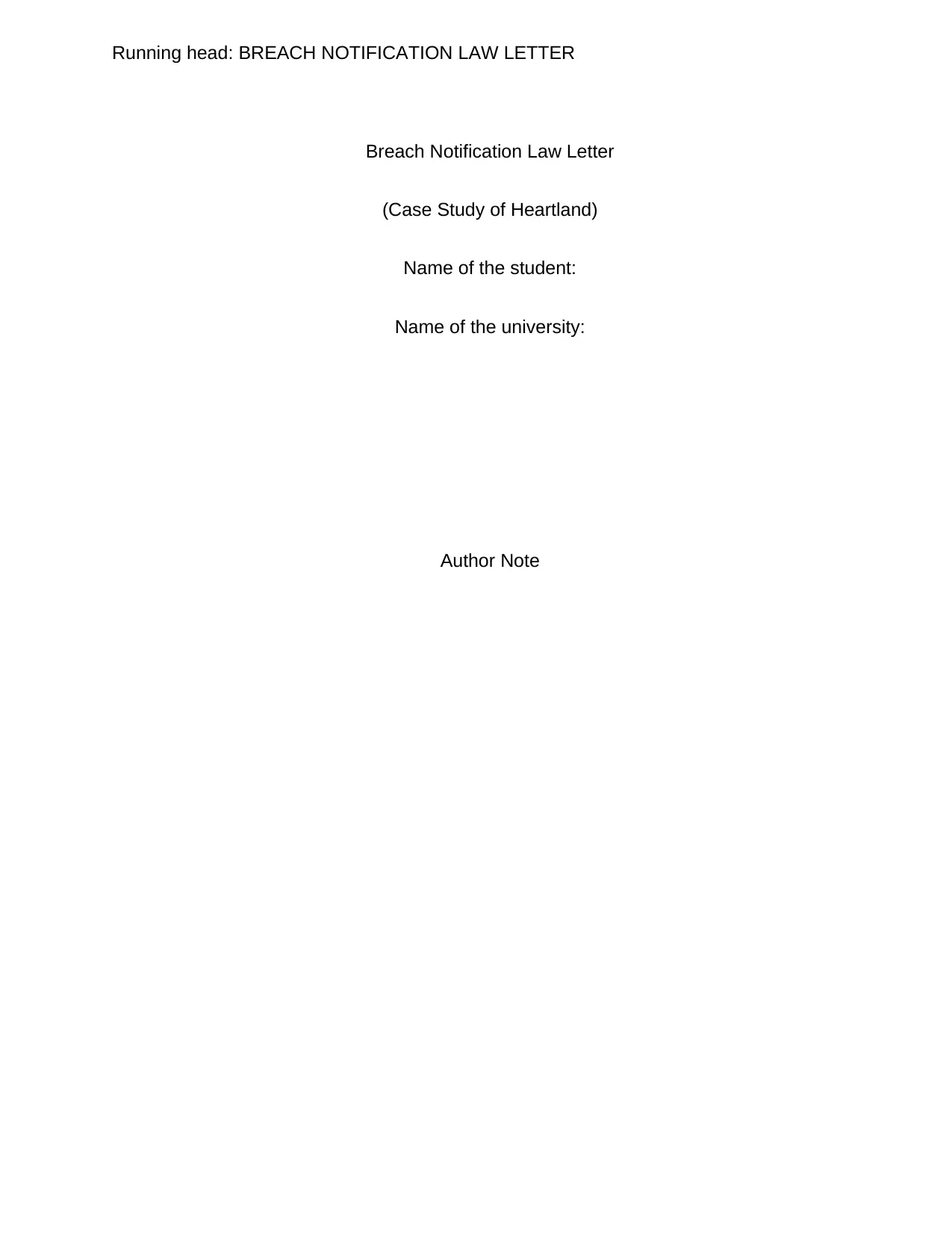
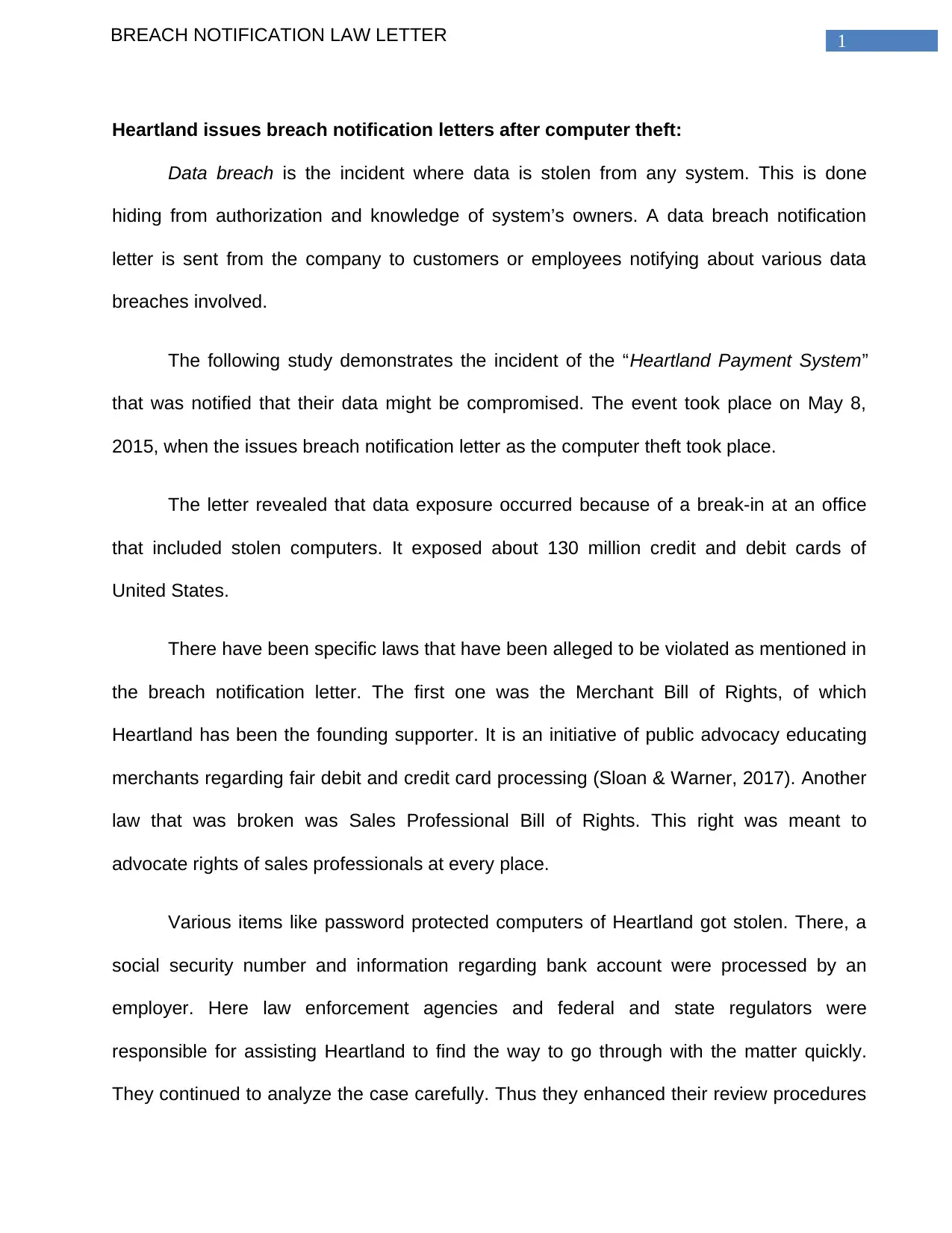
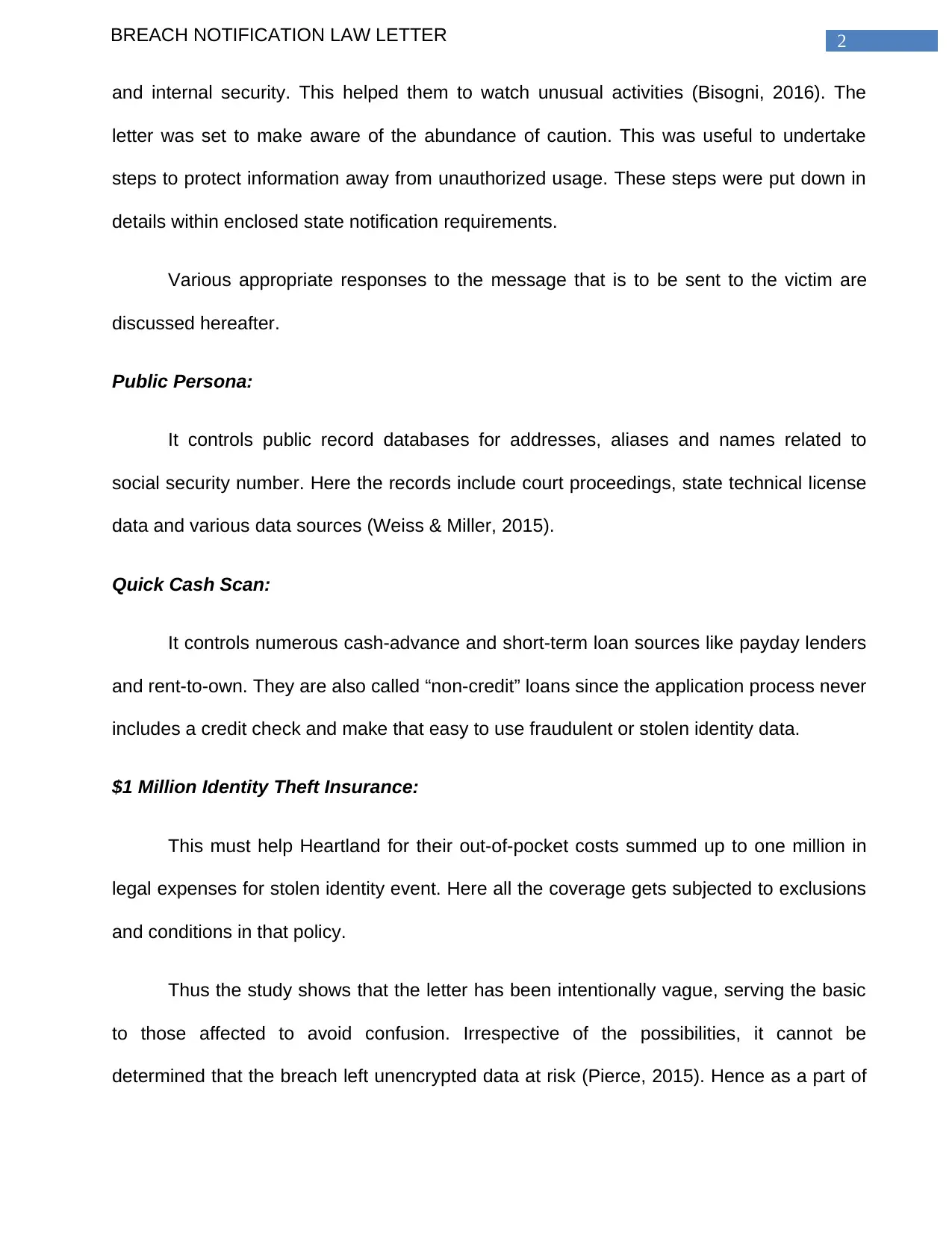

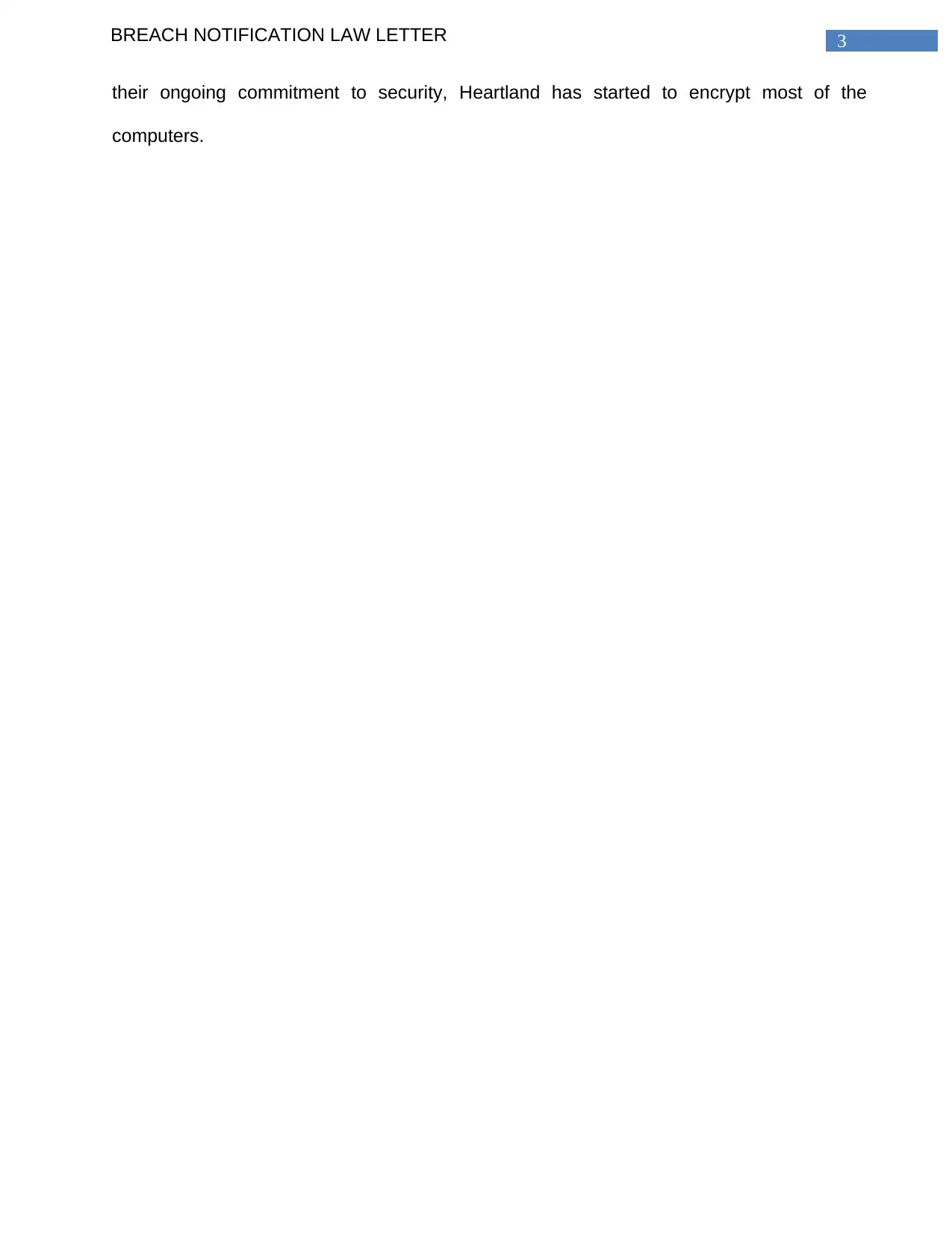
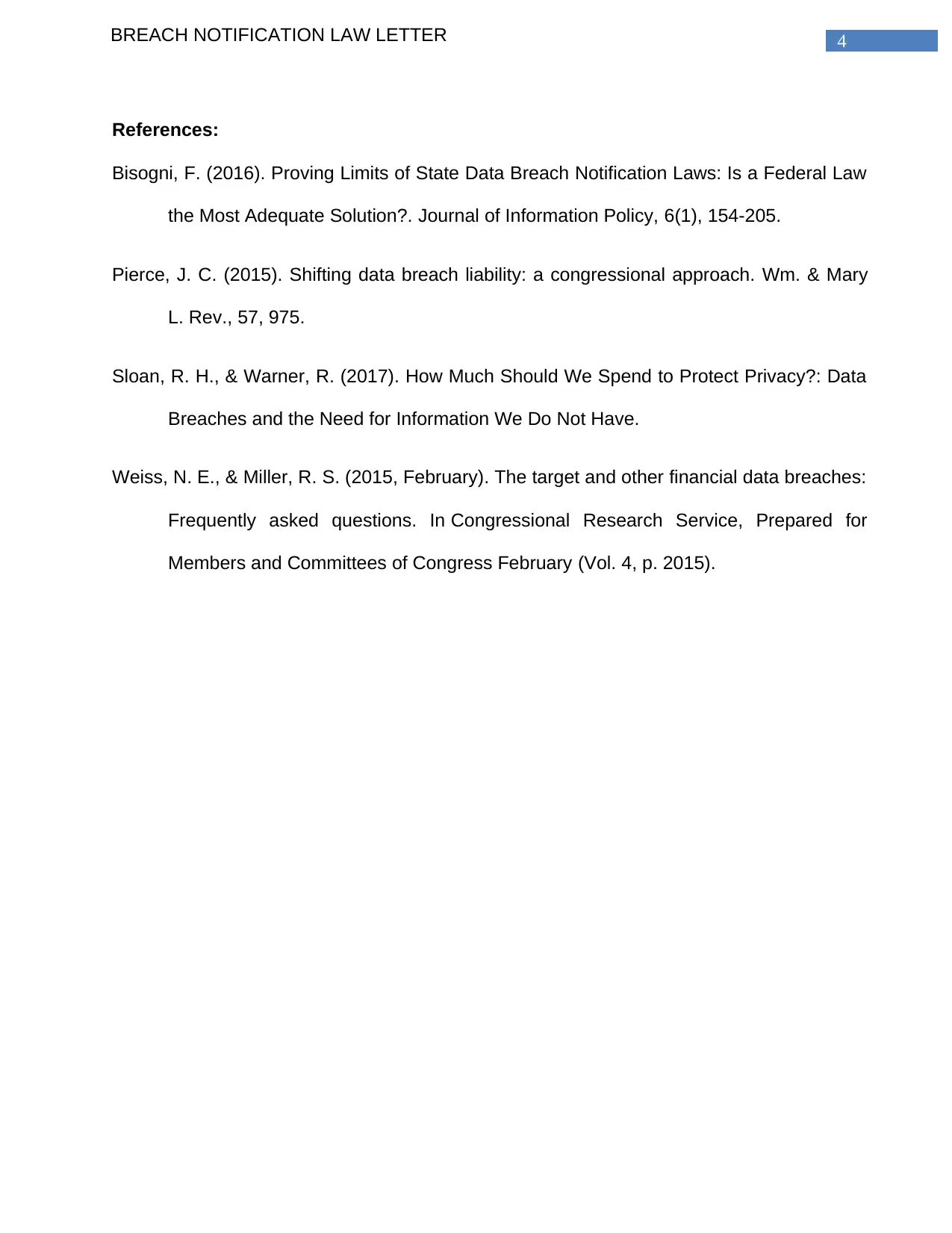

![[object Object]](/_next/static/media/star-bottom.7253800d.svg)